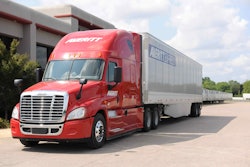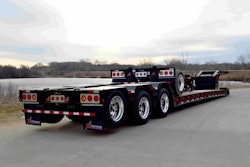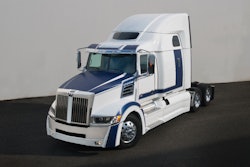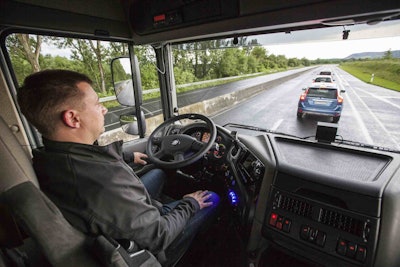
In an ironic twist, Communist-controlled China has virtually no regulations on self-driving long-haul trucks, while backers of the technology here in the U.S. continue imploring politicians to ease up on their back-seat driving and give autonomous tech more control behind the wheel.
China is getting closer to launching fleets of self-driving tractor-trailers thanks to soft regulations fueled mostly by the country’s goal to streamline its chaotic trucking industry, according to MIT Technology Review.
“This could provide a handy edge in the race to develop a lucrative new way of hauling goods,” MIT notes in the article which was published recently in the journal’s robotic section.
Just this week in the U.S., the Self-Driving Coalition for Safer Streets, founded by Ford, Google, Lyft, Uber and Volvo Cars, responded to the National Highway Traffic Safety Administration’s guidance for the operation of autonomous vehicles and asked, in part, that Congress pave the way for fully autonomous vehicles.
“The Coalition’s foremost priority is the safe development and deployment of fully-self driving vehicles. We support the development of a single national framework and urge NHTSA to discourage state and local policymakers from pursuing their own rules and contributing to an inconsistent patchwork of regulations,” says the Coalition’s General Counsel, David Strickland.
“Furthermore, the federal government should take additional steps to enable safe and rapid deployment. It is now time for NHTSA to pursue targeted rulemakings to amend key safety standards that limit L4/L5 vehicles by currently mandating human operation, and we call on Congress to enact legislation to facilitate deployment of fully self-driving technology.
“We look forward to continuing engagement with NHTSA officials and other policymakers to provide guidance clarifications and policy solutions to bring the U.S. closer to the safety and mobility benefits offered by fully self-driving vehicles.”
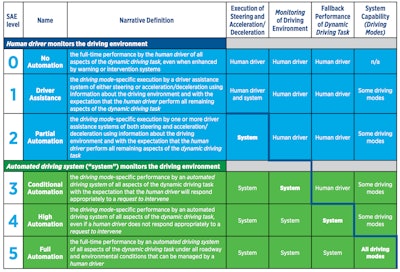 NHTSA divided vehicle automation into five categories that were originally developed by SAE. The higher the level, the greater the vehicle’s level of autonomy.
NHTSA divided vehicle automation into five categories that were originally developed by SAE. The higher the level, the greater the vehicle’s level of autonomy.During a telephone press conference thaton Tuesday, Strickland sounded hopeful that President-elect Donald Trump will help ease restrictions on self-driving technology.
“The one thing that I will say, that is, extrapolating President-elect Trump’s posture on regulations, is that he’s clearly looking to having a much lighter regulatory environment,” Strickland said.
TuSimple Chief Technology Officer Xiaodi Hou told MIT that because China wants to improve its trucking industry, it has virtually no restrictions on testing self-driving vehicles. Hou’s company has been “developing an automated trucking platform in partnership with a large Chinese truck maker,” though he declined to name the company.



